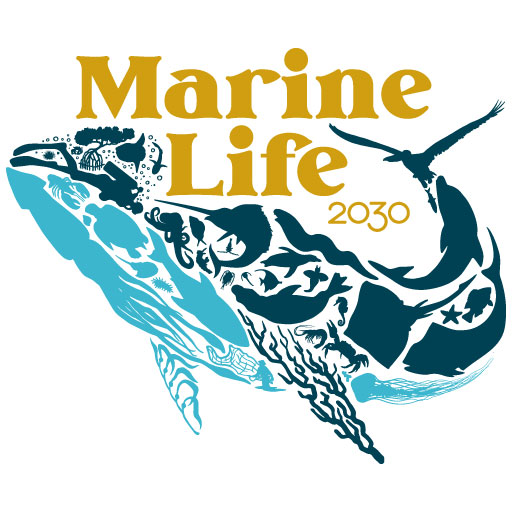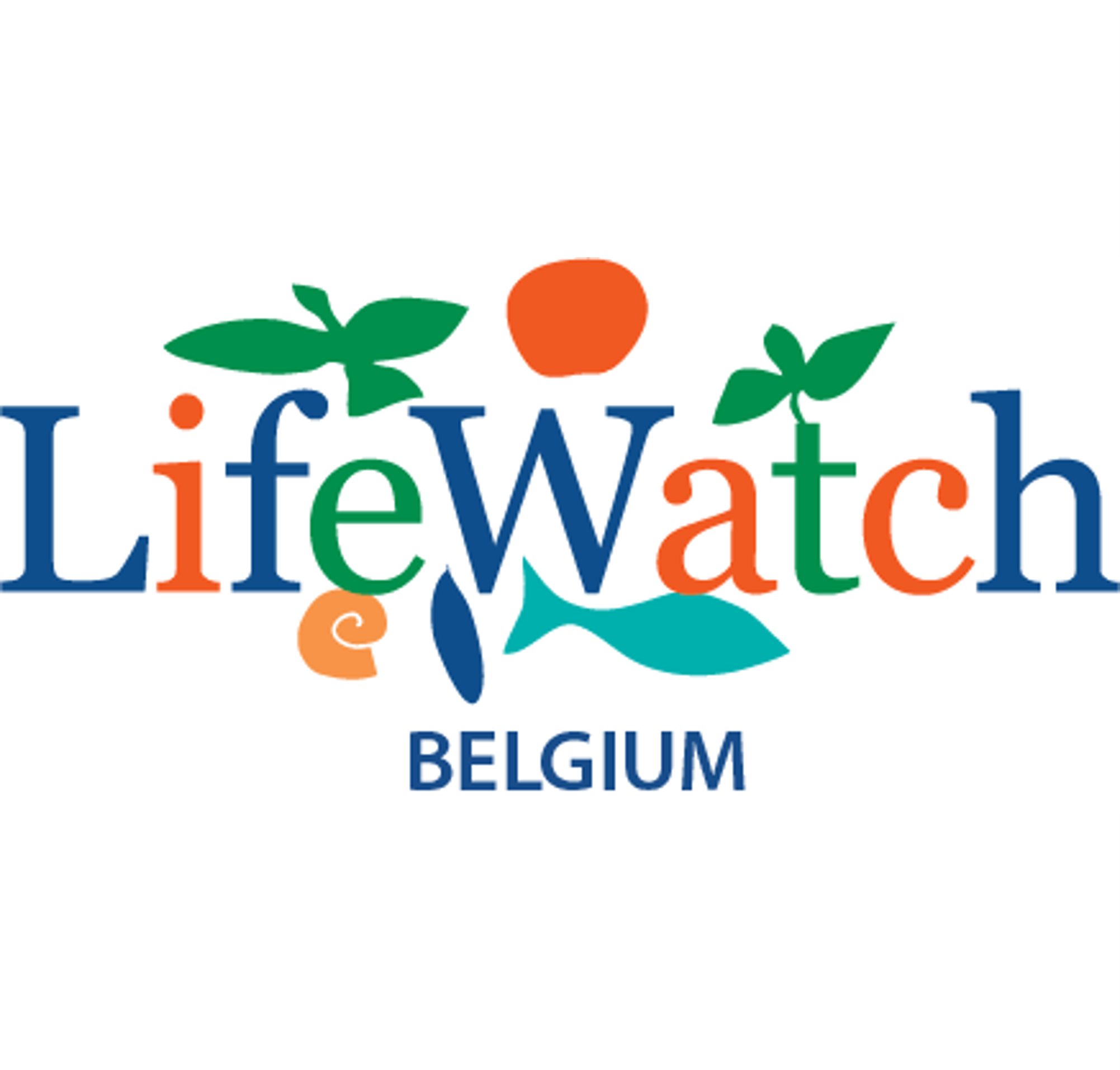Publication date: December 15th 2022

When compiling an authoritative classification and catalogue of marine names, thereby aiming to include all names ever published, it is easy to understand that this is not completed overnight. Due to the dynamics of marine taxonomy in general, it is not only key to document all already published names, but also keep track of the continuous changes in taxonomy, e.g. when scientists discover that one species is actually two or more species, or when it becomes clear that a single species has been described under different names, urging the need to prioritise one name over the other, based on international guidelines.
As WoRMS is celebrating its fifteenth anniversary, you could think the community behind WoRMS has had ample time to complete the register. Remember however - as was explained in previous stories - that the content of WoRMS depends on the many voluntary contributions of our editors. We thus depend on the time they can make available and we move forward at their pace. As the Data Management Team, we refuse to refer to WoRMS as ‘a never-ending endeavour’. We truly believe that one day, we will be able to present a complete World Register of Marine Species, taking into account yearly updates that will come from the addition of newly published species.
Setting priorities - the (lucky) Top 13 of the WoRMS Steering Committee
Dealing with a database the size of WoRMS and an editor network spanning the globe can be challenging, and sometimes lead to situations where editors don’t see the trees for the forest. To help editors not to get lost in their task of making WoRMS more complete, the Steering Committee compiled a list of nine priorities during their meeting of June 2015. These nine priorities are not only a guidance to the editors, but also to the Data Management Team in following the general progress of WoRMS, identifying the topics where editors need assistance and where the input of students and interns could also support the editors. In the course of 2018, four more priorities were added, addressing the expansion of the Aphia data system where the capture of extra data and information was made possible, as well as catering the requests by our many users. Although labelled as ‘priorities’, this list is there as a guidance for the editors, to help them organise their contributions. The Steering Committee and the DMT fully acknowledge that the progress on these priorities varies widely per taxon and editor group.
- Have at least one active editor per taxonomic group
- Mark (accepted) species as “checked by editor”
- Document basionym (original name)
- Complete missing authorships
- Document original description of each species
- Complete the environment flags
- Document higher classification according to (1) international standards or (2) where no editor is available, to the management classification for the Catalogue of Life
- Document type localities
- Document type species
- Document all published name combinations (new since 2018)
- Make available at least one image per species (new since 2018)
- Document (the general) distribution for each species (new since 2018)
- Document relevant species traits (new since 2018)

Over the past five years, the Data Management Team has been keeping track of the progress on these priorities. Not all priorities can however be clearly expressed in numbers. Although we are aiming to document all published name combinations, general distribution and relevant traits for each species, we currently do not know what the (estimated) totals for each of these topics might be. We can only encourage editors to include these priorities in their editing routines.
For those priorities that can clearly be expressed in numbers, progress has been made on all of them (see table). The level of progress varies greatly, and the higher the completeness was in 2017, the harder it seems to reach a full 100% in a highly dynamic database such as WoRMS. It is the well-known challenge of the tail end …
| Marine accepted species with... | June 2017 | December 2022 |
|---|---|---|
| 2 - checked by editor | 93% | 97% |
| 3 - basionym | 89% | 92% |
| 4 - authorship | 99.3% | 99.5% |
| 5 - original description | 36% | 83% |
| 6 - environment flag | 98% | 99.9% |
| 8 - type locality | 20% | 24% |
| 9 - type species | 37% | 53% |
| 11 - species image (since 2018) | - | 16% |
| Table: comparing the level of completeness between 2017 and 2022 for the defined priorities where clear statistics can be provided. |
For species traits, some dedicated actions have already been undertaken since 2018. We can for example already clearly distinguish benthic, pelagic and nektonic marine species (76% complete), which was a long-standing question from our many ecology-oriented users. As traits is a very broad, diverse and yet overarching theme, a need to set priorities within the trait documentation feels almost natural. Over the past 5 years, we have seen both the launch of new and the continuation of some dedicated thematic editor groups, either focussing on a specific species group or topic to document species traits. Examples of these are the World Register of Introduced Marine Species (WRIMS), the World Register of DeepSea Species (WoRDSS) and AlgaeTraits, a trait database for (European) seaweeds.
Looking beyond the content - priorities and gaps on other levels

As the DMT was quite curious on how editors feel about the current website, its interface, tools and services, an open question was included in the recent editor questionnaire, asking our editors the following: “If you could 'dream wild', which changes would you like to see to the Aphia-WoRMS online editing interface?”. Several replies relate to distribution information, ranging from easier input possibilities, to wider search options and a stronger collaboration with initiatives such as OBIS and GBIF, to whom dealing with distribution data is their core business. As an incentive to involve more young and potential taxonomists, editors mention the desire to have more identification keys available via WoRMS. Editors also give ample attention to the WoRMS users, especially our wider, non-scientific public. This is expressed in the need for more images, and a better connection with existing citizen science initiatives such as iNaturalist. Even broader and wider outreach is recommended, for example by communicating on species curiosities and regularly highlighting fun or special species, beyond our yearly Species Top-10 initiative.
Some of the mentioned dreams are already in progress behind the scenes, others definitely merit more brain-storming and discussion. In the end, WoRMS is not only driven by its editor community, it is also there to serve its editor community, together with the many other user groups we have.
Contact
WoRMS Data Management Team - info@marinespecies.org
Image credits
- Blocks with hand: Copyright by Greator
- Jigsaw puzzel with missing piece: Image by jcomp on Freepik
Acknowledgements:
This celebration and series of news messages initiated by the Data Management Team (DMT) would not have been possible without the collaboration of the WoRMS Steering Committee (SC) & voluntary contributions by many of the WoRMS editors.
The work of the DMT and many WoRMS-DMT-related activities are supported by LifeWatch Belgium, part of the E-Science European LifeWatch Infrastructure for Biodiversity and Ecosystem Research. LifeWatch is a distributed virtual laboratory, which is used for different aspects of biodiversity research. The Species Information Backbone of LifeWatch aims at bringing together taxonomic and species-related data and at filling the gaps in our knowledge. In addition, it gives support to taxonomic experts by providing them logistic and financial support for the organization of meetings and workshops related to expanding the content and enhancing the quality of taxonomic databases.
WoRMS – as ABC WoRMS – is an endorsed action under the UN Ocean Decade.



